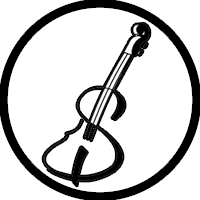I thank Michele Riccomini and Alessandro Violi for making this video and the friendship i have with Stefano Zenobini. I would like to add that it is always very interesting to go through the woods, observe the trees, breathe in the scents they give out. Only few trees have the right requirement to make great … Continue reading Wood’s research
Category Archives: Materials
Every year i personally go in to the Paneveggio forest where it is said that Stradivari personally chose the best wood for the construction of his instruments. This trentino forest has in fact nicknamed “the violin forest” due to to the presence of the resonance wood used for the production of musical instruments.
A good wood for soundboard crafting for excellent lutherie instruments should have close and uniform growth rings, a good workability and a solid strength-to-weight ratio. Just a small percentage of the trees is selected for soundboard crafting: once the best tree trunks have been chosen (the specimen in the photo is 200 years old), they … Continue reading Lutherie wood: Val di Fiemme’s spruce
Willow is one of the most used woods when it comes to lutherie. In the past it was mainly used for crafting blocks and linings, thanks to its firmness and workability. This tree grows in humid areas and in fact we often find it alongwatercourses, where it propagates easily both by seed and by cutting. … Continue reading Lutherie wood: Willow (Salix nigra)
Only part of the trunk is used and made into quarters, then split again manually along the fiber and its grain. This last phase is crucial in order to check for any flaws, such as knots, resin pockets and alterations that would not otherwise be seen with the use of mechanical saws.

